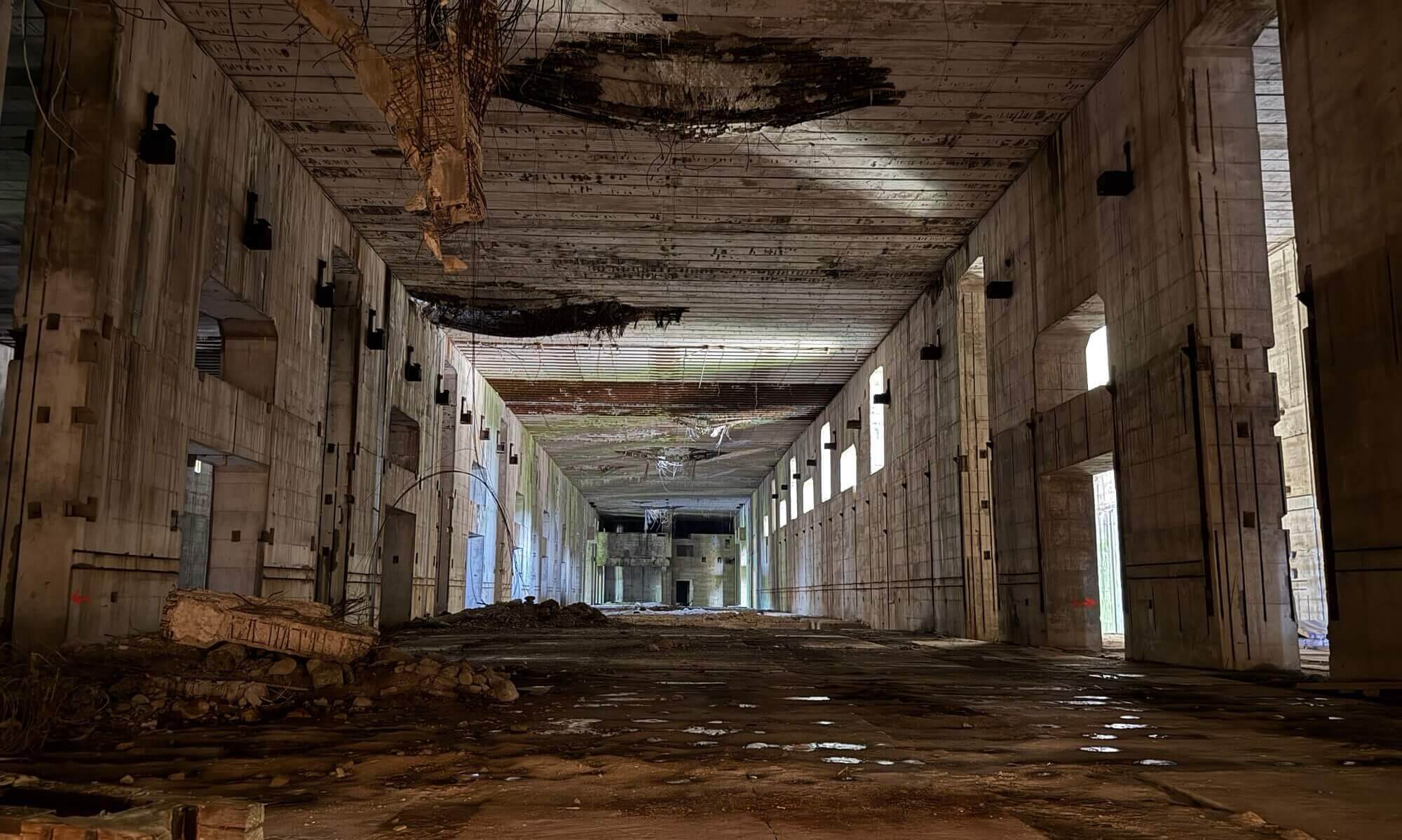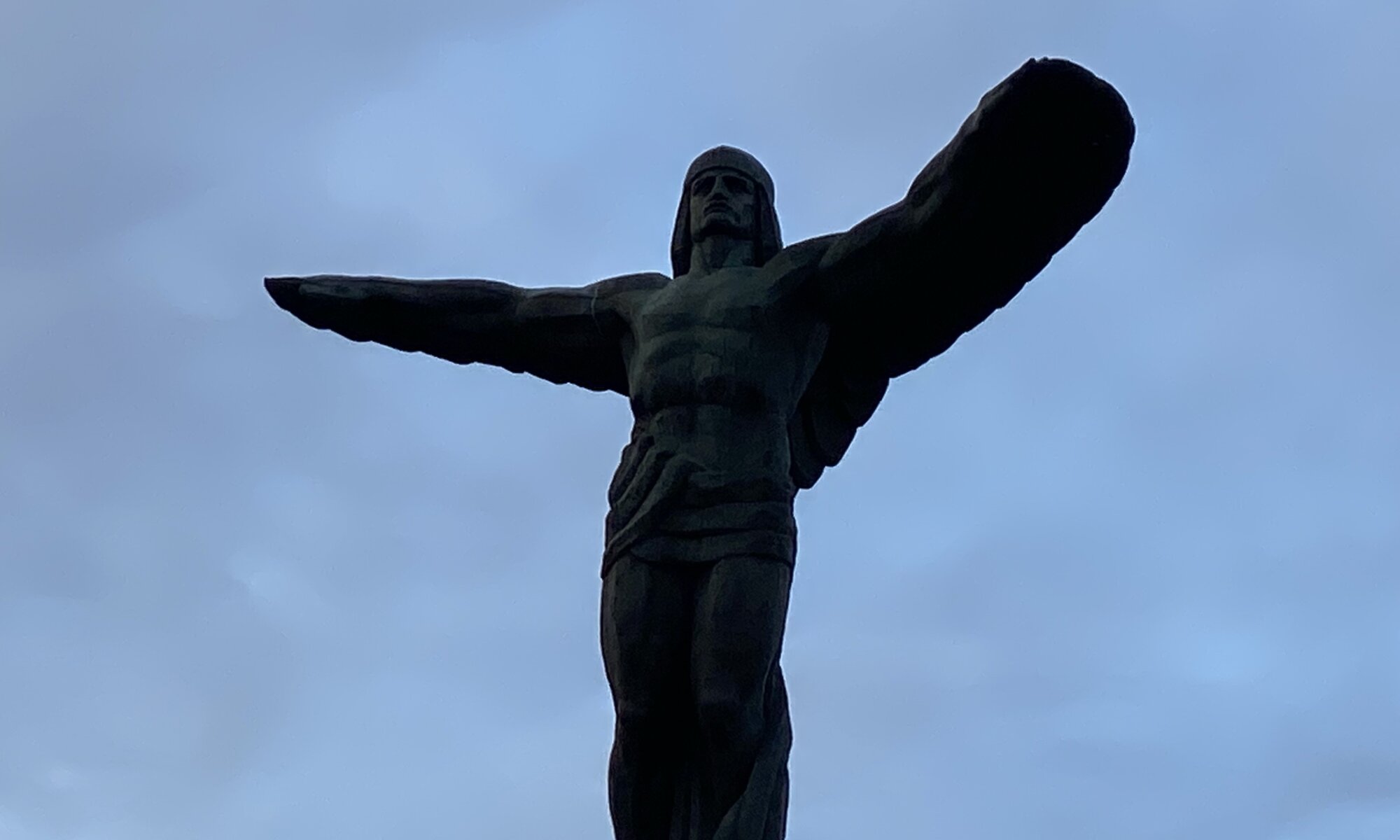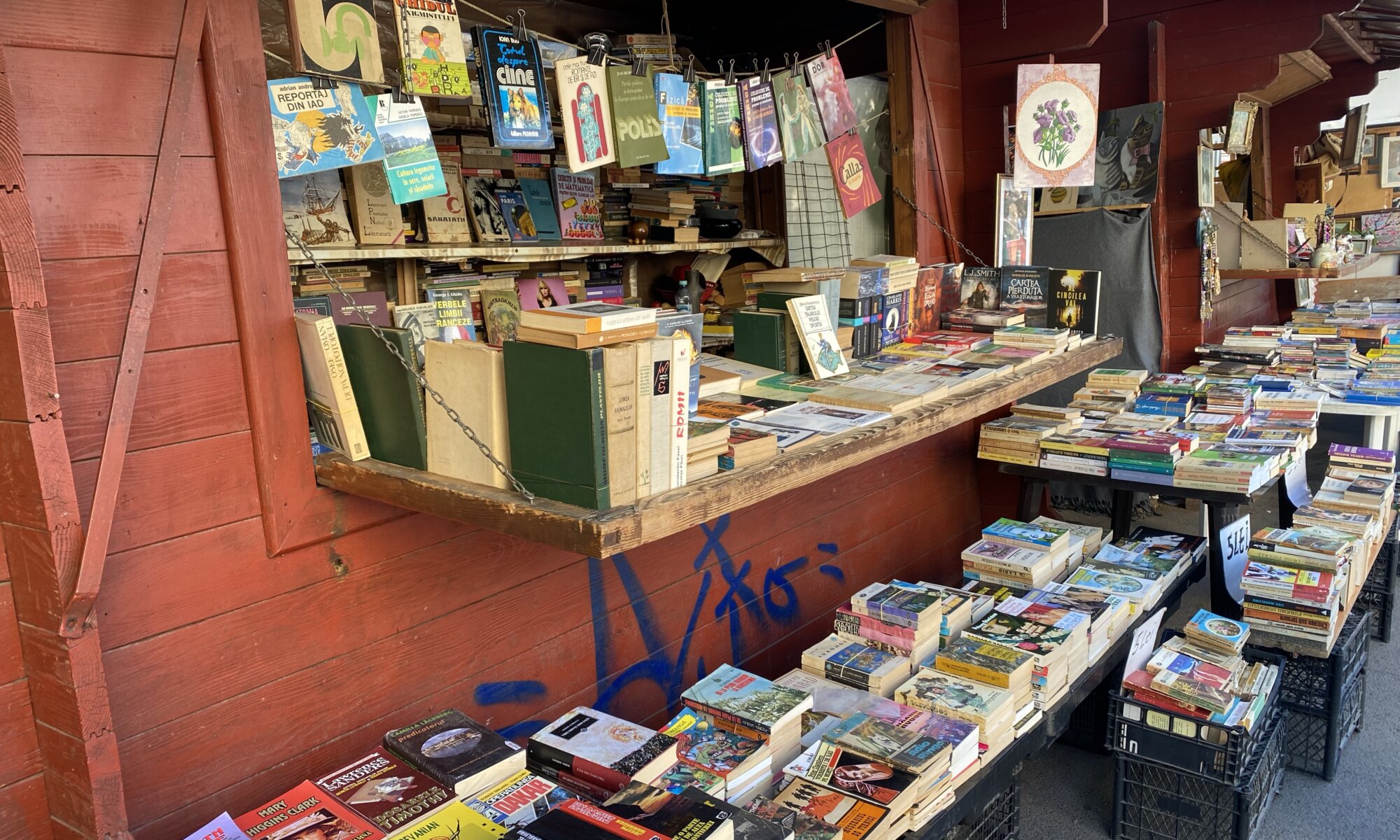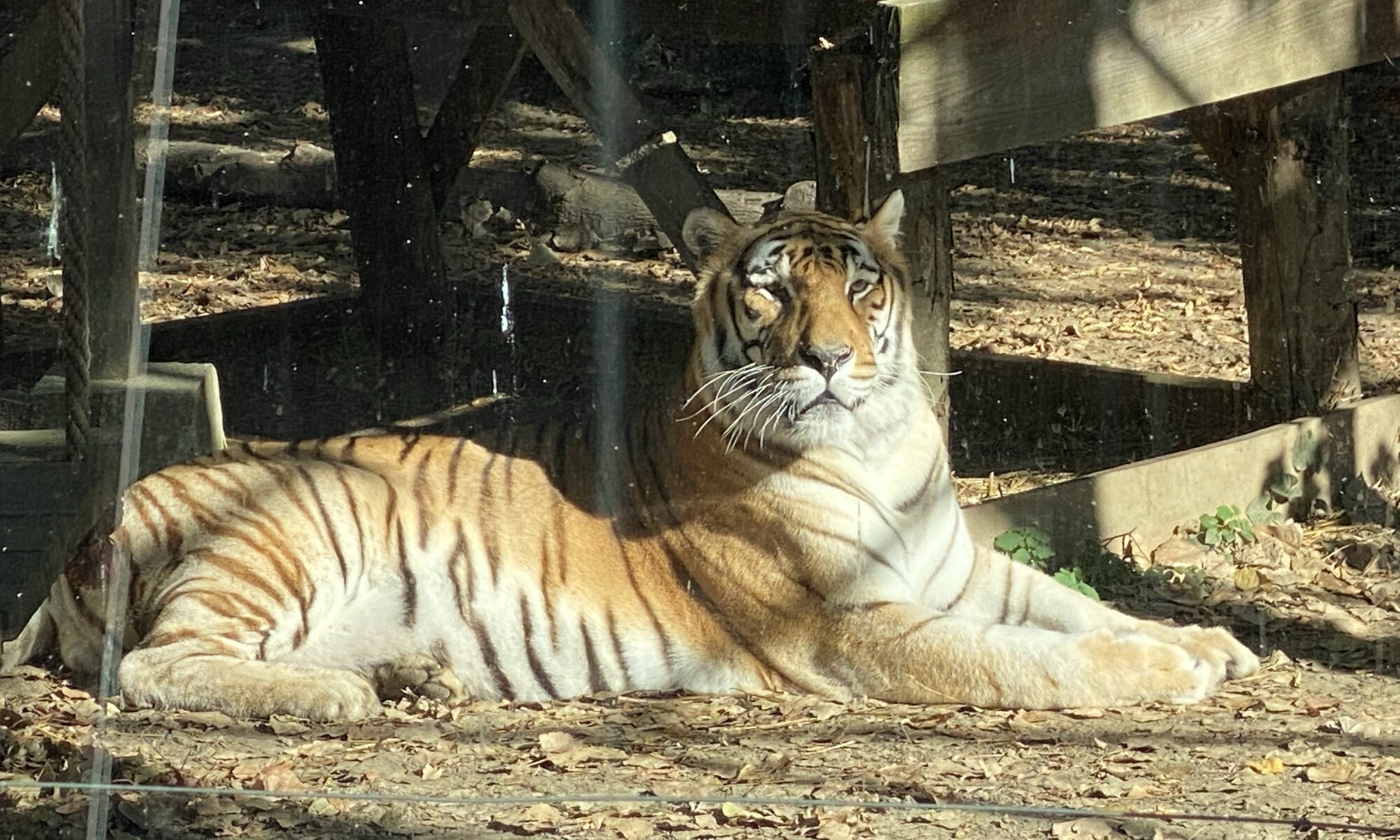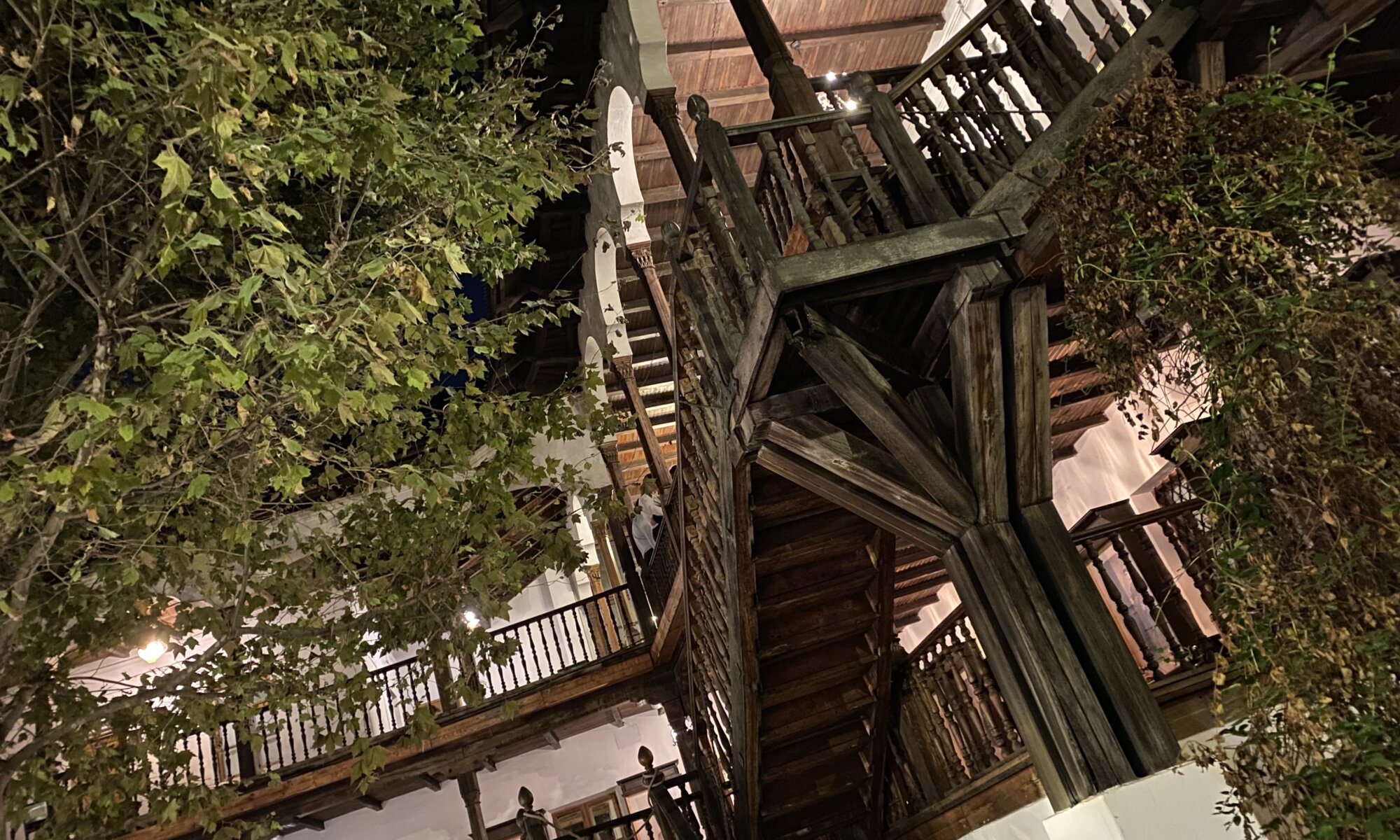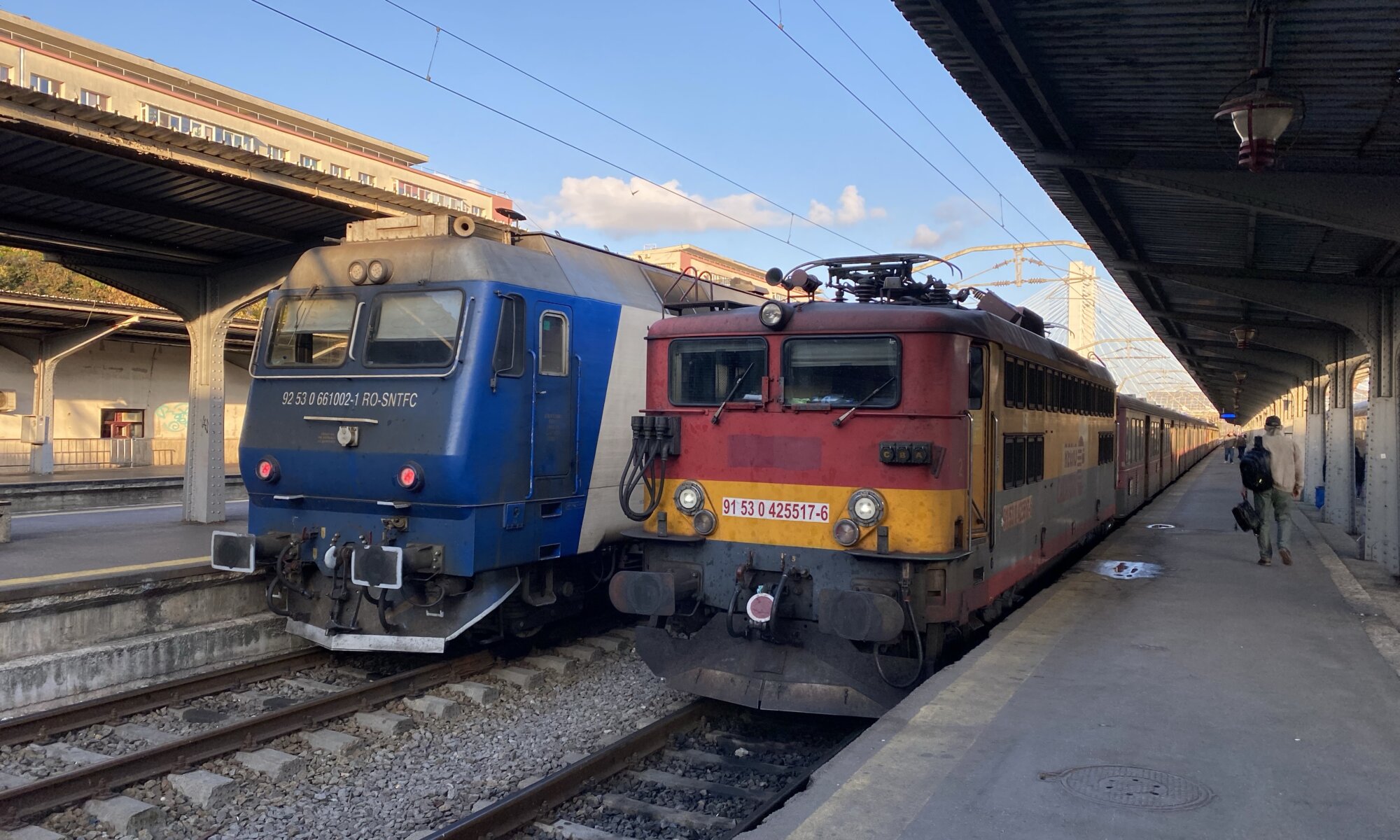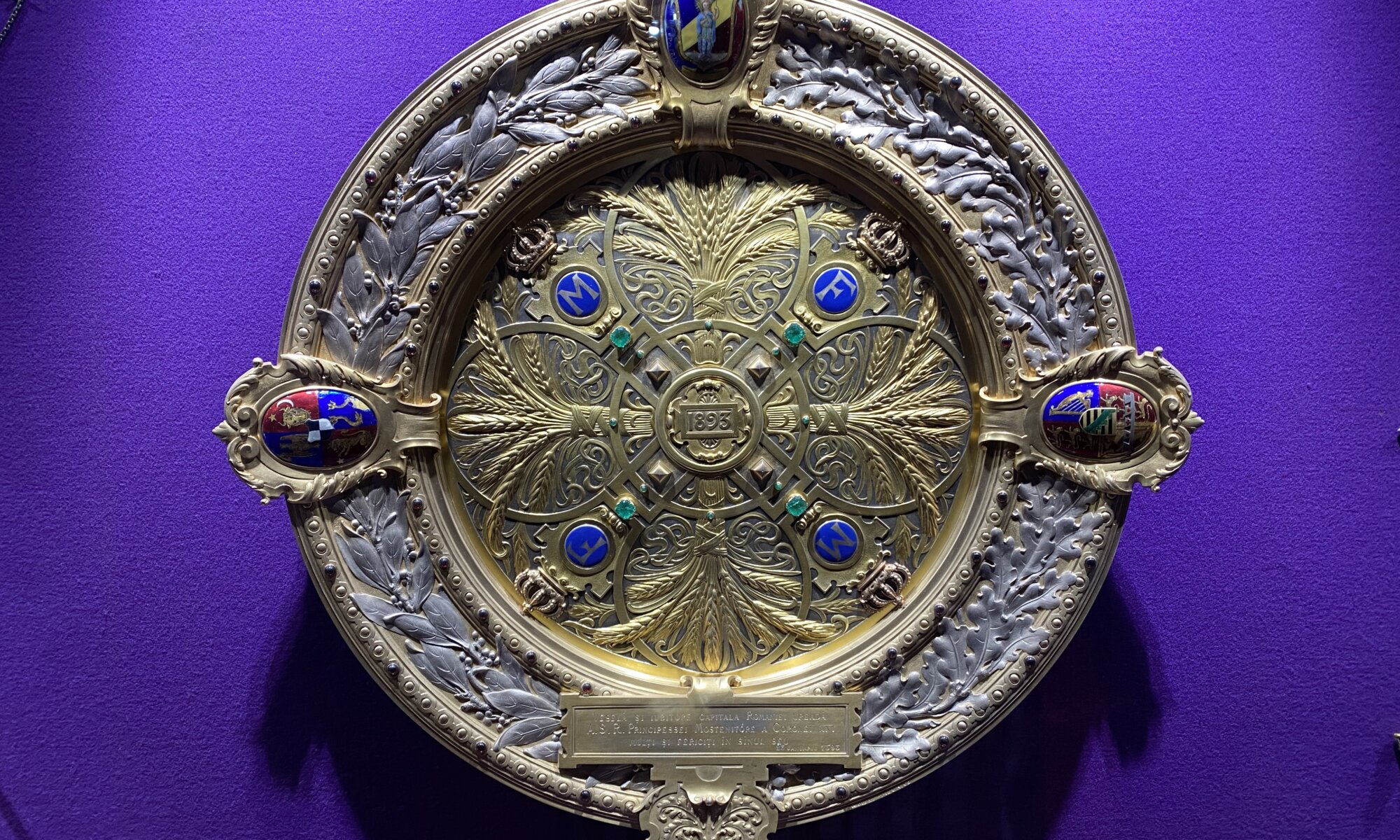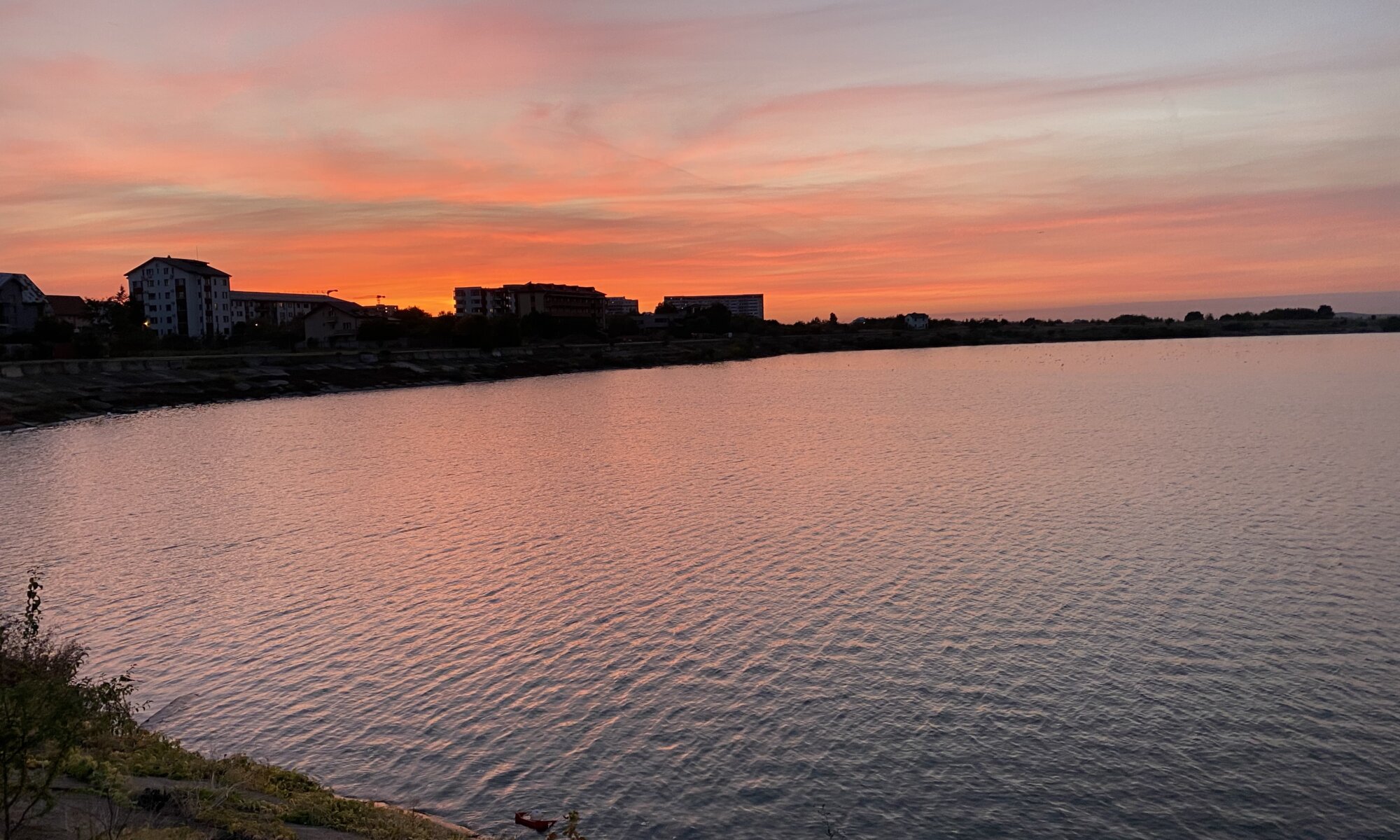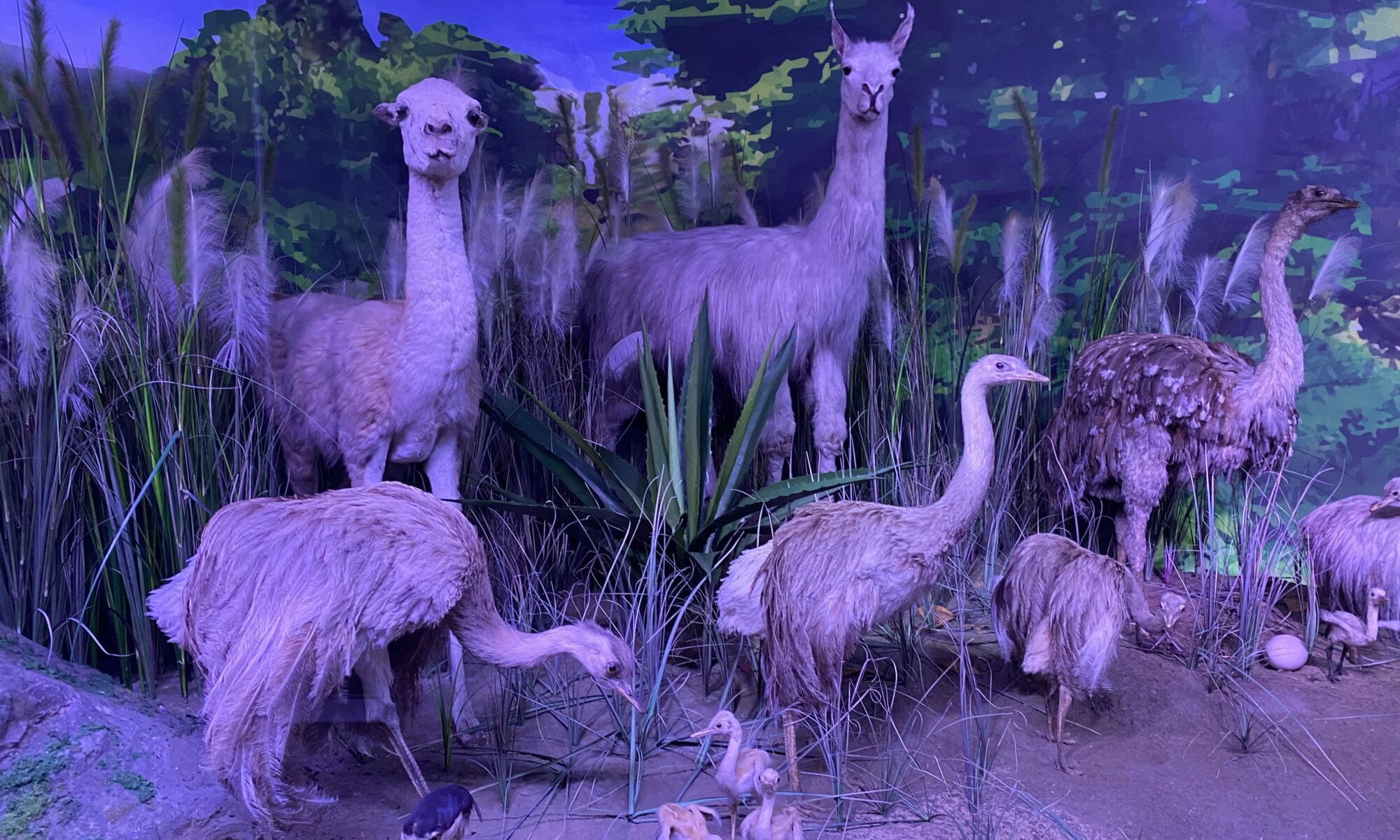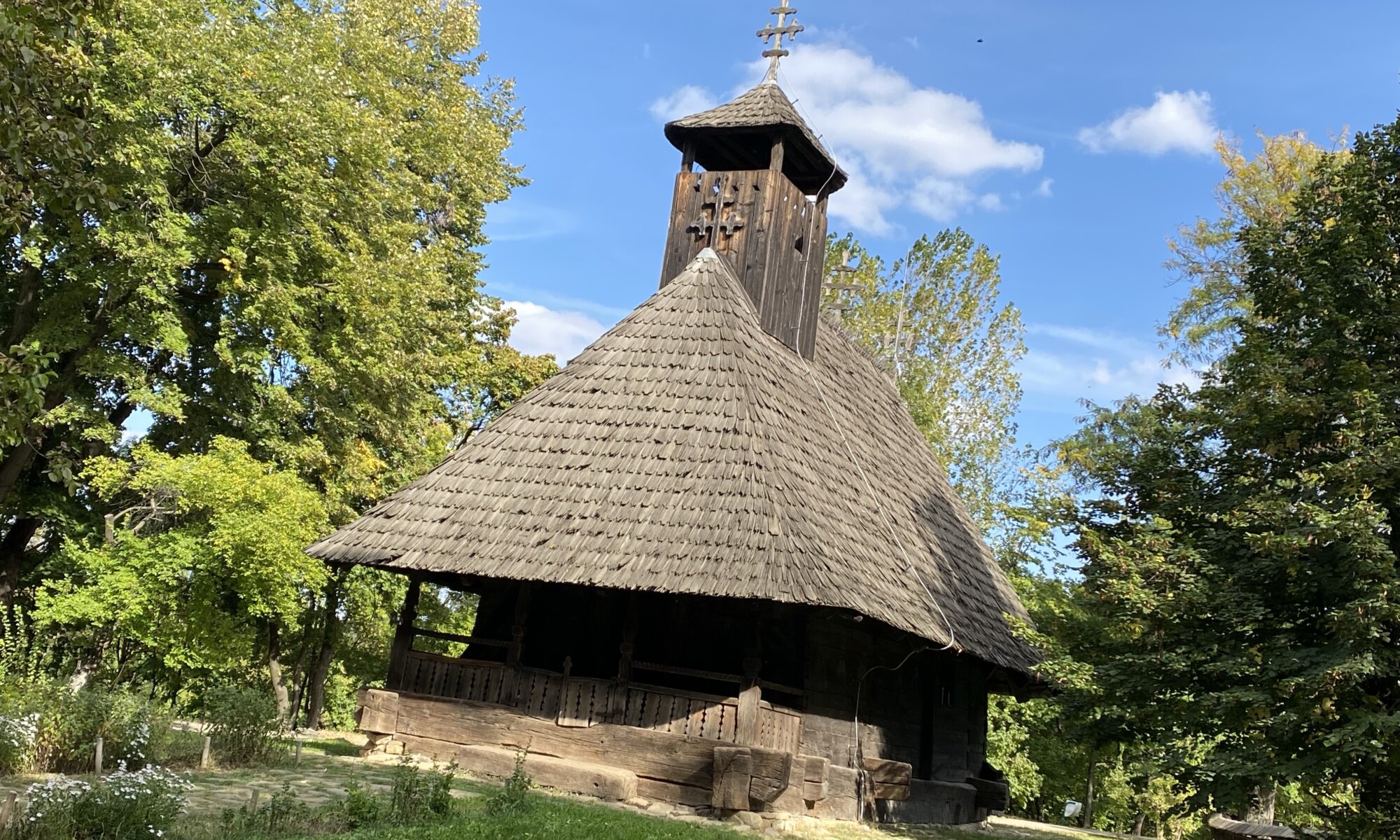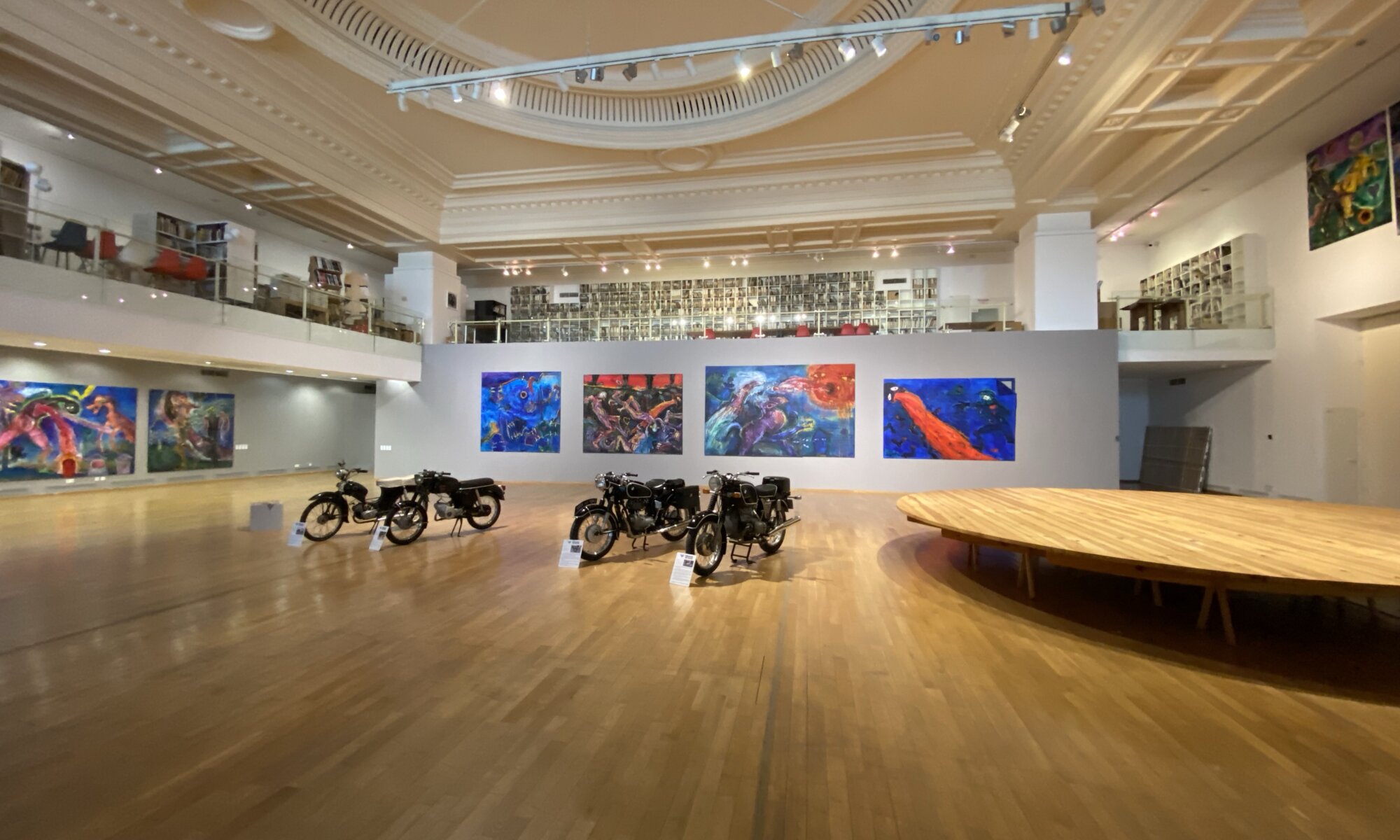Romania isn’t the typical tourist destination for western Europeans. In their heads the country is associated with poverty, migration, and crime – only Bram Stoker and his vampire tale are linked to Romania with the same intensity. In reality, it is a country full of friendly people making the best of their situation. A country in development with a coast at the Black Sea, a country with vast forests (housing the biggest population of brown bears in Europe) and a long history between the east and the west.
Continue reading “Gateway to the orient”Piața Obor
In the past the main market of București was located on Piața Unirii and attracting the farmers of the region to sell their products. If you want to find something similar today, you need to get to Obor, an area in the northeast of the city (belonging to sector two). There you’ll find a vast area with indoor and outdoor market stalls selling vegetables, fruit, meat, and every kind of goods.
Continue reading “Piața Obor”Grădina zoologică
At the beginning of the 20th century animals were living in the parks of București. It was like having multiple micro-zoological gardens. Then in 1955 the 5,8 hectares large central zoo at the city quarter Băneasa (sector 1) was founded. Today it is educating visitors by showing them many local and exotic animals.
Continue reading “Grădina zoologică”Hanu’ lui Manuc
If I could only recommend one restaurant at București it would definitely be the Hanu’ lui Manuc. They call themselves the oldest inn of Europe and that might be true. It is an old caravanserai used by the merchants and visitors of the market on the vast square today called Piața Unirii. ,
Continue reading “Hanu’ lui Manuc”Gara de Nord
The most important transportation hub of București is located in the north of the city: the Gara de Nord. From its 13 tracks trains are going to all parts of the country and if you plan a trip to the Black Sea or to Transylvania this is your starting point. And even if you don’t want to travel by train it is worth to get here and watch the colorful trains coming and going, to observe people getting on and off. Standing at the tracks is like travelling back in time; some decades earlier German railway station looked the same.
Continue reading “Gara de Nord”Istorie a României
Visiting the national history museum (Muzeul Național de Istorie a României) of București is a bittersweet experience. It is located inside a fantastic, ancient building (the former postal services palace) in the city center (Calea Victoriei) – opposite to the amazing building of CEC Bank. It hosts the Romanian crown juwels and a copy of the Trajan’s column at Roma.
Continue reading “Istorie a României”Lacul Morii
The largest lake of București is the mill lake in the northwest of the city (referred to as sector six), about six kilometers from the city center. It is in fact an artificial lake created from the water of river Dâmbovița. The lake ensures a constant water flow of the river through the city and prevents floods – but for the people it is mostly a recreational area.
Continue reading “Lacul Morii”Istorie Naturală
The national history museum (Muzeul Național de Istorie Naturală) of București was already founded in 1834. In 1933 it was named after its director Grigore Antipa by king Carol II. It is a mix of ancient coins, stones, fossils, minerals and artworks connected to natural history of Romania.
Continue reading “Istorie Naturală”Life at the village
The national village museum (Muzeul Național al Satului) of București is an open-air museum founded in 1936. It is named after one of the three founders, Dimitrie Gusti, a professor, and minister of education. On 100,000 m2 you can see more than 250 authentic houses and farms from the different regions of Romania. It is interesting to see the different styles of the buildings which you can discover from the outside and inside.
Continue reading “Life at the village”Attached to the parliament
Never did I search so hard for the entrance to a museum than in case of the Muzeul Național de Artă Contemporană at București, Romania. It is located inside the giant parliament building (Palatul Parlamentului) which is well-secured and there is only one public entrance which brings you to the museum. But it is the only chance to enter the fantastic yet maniac Ceaușescu building and even if it would be only for the views from the roof terrace it would be worth it.
Continue reading “Attached to the parliament”